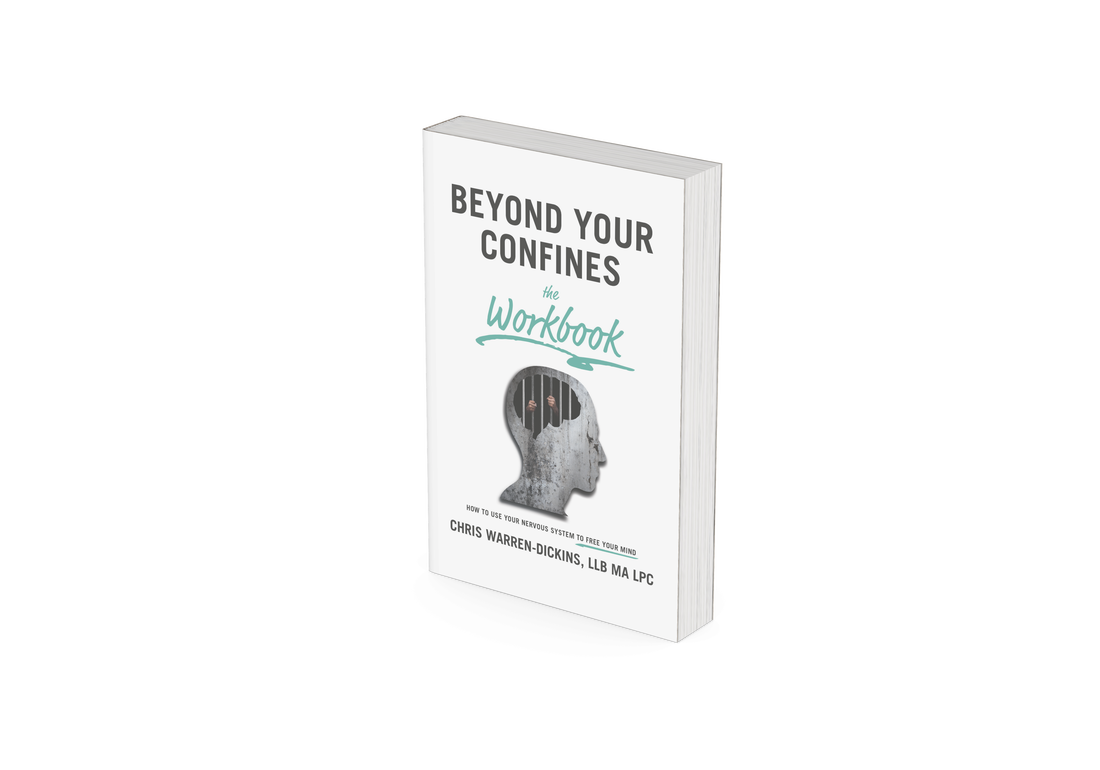The neuroscience behind EMDR1/21/2022 My book Beyond the Blue mentions Eye Movement Desensitization and Reprocessing (EMDR) as a type of therapy that can help people with anxiety, depression, relationship conflict, and trauma. As a psychotherapist, I use EMDR on a daily basis, and I am often asked why we focus on eye movements.
Here is a quick explanation to explain why EMDR works: When you attend an EMDR therapy session, eventually (after preliminary work) we will identify target memories that relate to your current difficulties. For example, from a young age you might have formed the belief that you are ‘unsafe’ or ‘unlovable’, or you might carry around an overwhelming sense of shame or abandonment. Focusing on a target memory, we will guide your eyes laterally (left and right, rather than vertically, up and down). This process helps to quieten your amygdala (your brain’s alarm system) in relation to that target memory, and the triggering belief or emotion. Why do we know this works? Because research shows that when we walk or otherwise move forward, and things move past us, this causes our eyes to move laterally, and thus quietens our amygdala. So the lateral eye movements in EMDR replicates the brain’s natural ability to quieten the amygdala. But that is not all… When you are triggered, or experience a threat (whether that is in the present, or a distressing memory of a past event), you might fight, flee, or freeze. In 2018 research was carried out to identify the part of the brain that is responsible for the fight response, or “forward confrontation”, and some argue that this part of the brain is linked to the dopamine reward pathway (and this plays a big part in us experiencing pleasure). Faced with a threat, when we move forward in a safe way, we suppress the amygdala, and we send signals to the dopamine reward centres of our brain to reward us for forward effort. So in the face of a threat, a sense of forward action will help, and that can be replicated through the use of the lateral eye movements in EMDR - the brain thinks you are moving forward, and this suppresses the fear/alarm system of the amygdala, and it also rewards you through the production of dopamine. I hope you found this as interesting as I did! If you have any questions, get in touch. Chris Warren-Dickins LLB MA LPC Psychotherapist, author of Beyond the Blue, and LGBTQ+ advocate #beyondtheblue #beyondthebluebook
0 Comments
Leave a Reply.Chris
|
Address: 143 E Ridgewood Ave, #1484, Ridgewood, NJ 07450









 RSS Feed
RSS Feed